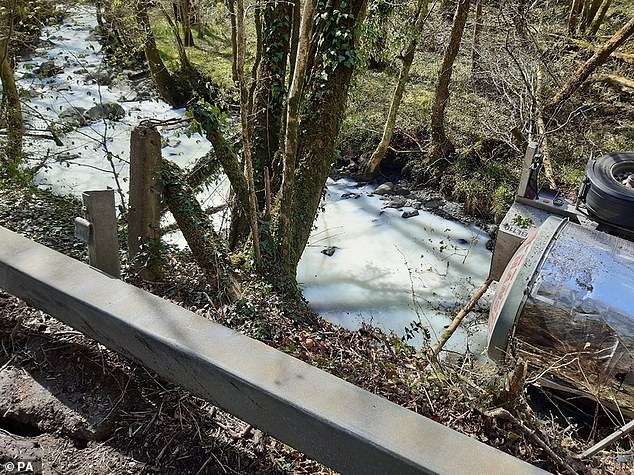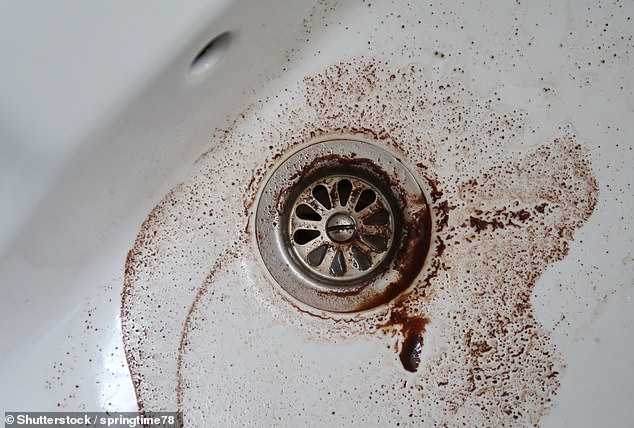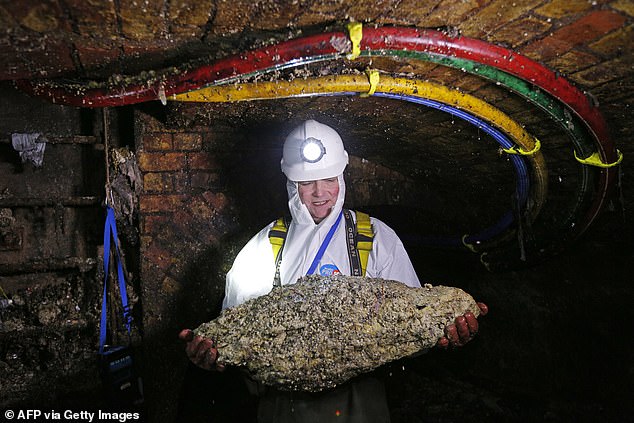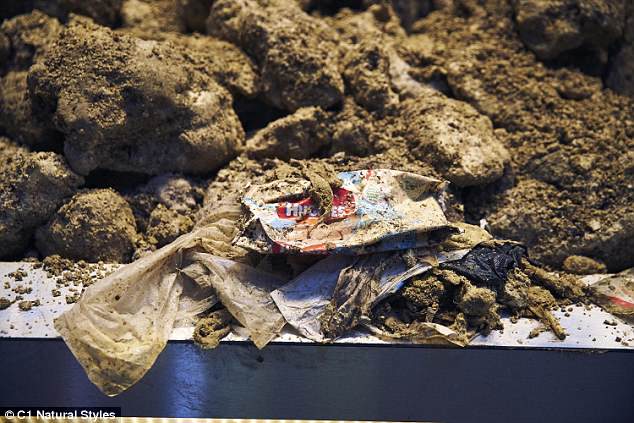If you were running for the bus and didn’t want to spill the final dregs of your coffee, you might think the responsible choice would be to tip it down the drain.
That was what Burcu Yesilyurt, from Kew, west London, said after she received a £150 fine for dumping her coffee in a public road gully.
Ms Yesilyurt was fined under Section 33 of the Environmental Protection Act, which prohibits disposing of waste in ‘a manner likely to pollute water or land’.
While Richmond–upon–Thames Council says it has cancelled the fine, scientists now say there is good reason to avoid dumping out your coffee.
Unlike the sink in your home, many surface water drains lead directly to local rivers and streams without treatment.
While a single coffee might not seem like a massive problem, if lots of people tip away a little bit of liquid, the combined impact could prove problematic.
Depending on the type, coffee can not only block drains, but can prove fatal for fish living in local waterways.
Michael Burrows, director of MZR Drainage, told Daily Mail: ‘It might seem harmless, but when thousands of people do it regularly, the environmental impact quickly adds up.’

Burcu Yesilyurt (pictured) was slapped with a £150 fine by council officers after pouring the remnants of her coffee down the drain. But scientists say there is good reason to avoid ditching your coffee
By itself, black coffee doesn’t contain many pollutants that can cause destructive impacts to the environment.
Caffeine can be toxic to aquatic ecosystems at concentrations of around 1.2 micrograms per litre, which is highly unlikely to come from the dregs of a coffee.
But, if you’re partial to a cappuccino or a pumpkin spice latte, the potential impact can be much greater.
Mr Burrows says: ‘Pouring coffee or other liquids into public drains can have more of an impact than people realise.
‘Even though milk is a natural product, it can be highly polluting when it enters waterways.’
When milk and sugar enter the waterways, bacteria feed on these natural products and start to break them down, using up oxygen in the process.
Professor Gary Fones, an aquatic chemistry expert from the University of Portsmouth, told Daily Mail: ‘Milk has a very high Biological Oxygen Demand (BOD), way more than sewage.
‘It can be as much as 400 times more polluting than untreated domestic sewage.

Scientists say there would need to be a ‘catastrophic’ amount of milk to cause serious damage. An event on this scale occurred in 2021 when a milk tanker tipped into the River Dulais in Llanwrda, Carmarthenshire (pictured)
‘Naturally occurring bacteria break down milk entering a watercourse, using up oxygen in the water more quickly than it can be replaced.
‘As a result of falling oxygen levels, fish and other creatures can suffocate.’
Earlier this month, Scottish Water was forced to warn households against dumping milk down the drains due to the environmental risks.
However, Professor Fones points out that it would require a ‘catastrophic’ input of milk, such as an overturned tanker, to cause serious disruption to the ecosystem.
He adds: ‘One cup in a drain in Richmond is a drop in the Thames compared to Thames Water.’
The other issue with dumping coffee down the public drains is that it can lead to blockages.
‘While liquids seem harmless, coffee grounds, milk, and sugar residues can build up inside drains and act like glue for other debris,’ Mr Burrows said.
‘This leads to slow–running drains, bad smells, and even full blockages. In our line of work, we see this a lot in cafés and offices where people regularly tip waste liquids down outside drains.’

Coffee grounds and milk act like glue, which holds together fats and other substances that contribute towards blockages (stock image)

In severe cases, fats from milk and other sources come together to form fatbergs. These huge collections of oils, plastic, and waste can grow to be over 100 tonnes. Pictured: Technicians remove a fatberg beneath Regent Street, London
The fats in milk can also leave behind a greasy film that coats the inside of pipes, especially when combined with other waste materials.
Over time, this can contribute to the formation of blockages or even the dreaded ‘fatbergs’ that cause so many issues for sewers in big cities.
These collections of oils, fats, plastics, and other waste can grow to weigh hundreds of tonnes.
The largest ever found in London stretched for 250 metres and weighed 130 tonnes – as much as two Airbus A318 aircraft.
Even though the milk in your coffee isn’t going to make a fatberg by itself, thousands of commuters all tipping away their coffee every day makes blockages more likely.
However, it is important to note that a milky coffee is far less likely to cause a blockage than some other items people flush or improperly dispose of – including wet wipes.
‘The real story here is the amount of toxic chemicals that end up in our waterways and sewage system from roads – microplastics, metals, tyre compounds – not coffee down drains,’ Professor Fones added.

